Find Help
More Items From Ergsy search
-
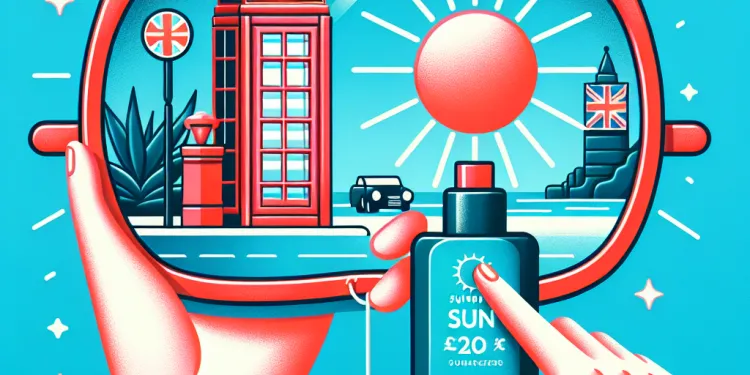
What is sunburn?
Relevance: 100%
-

What is Sunburn?
Relevance: 99%
-
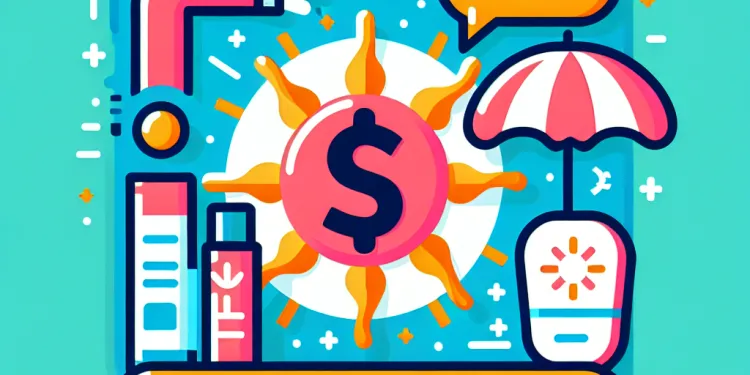
What causes sunburn?
Relevance: 95%
-
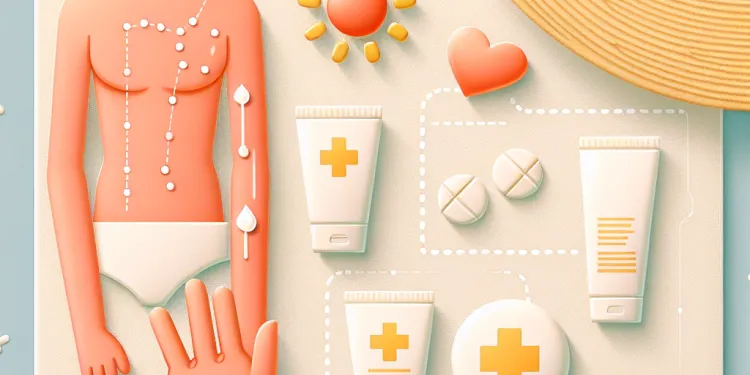
What are the symptoms of sunburn?
Relevance: 95%
-

Self care - sunburn
Relevance: 94%
-
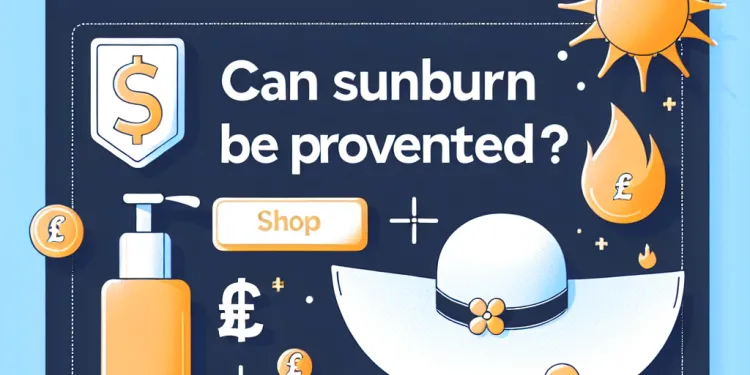
Can sunburn be prevented?
Relevance: 94%
-
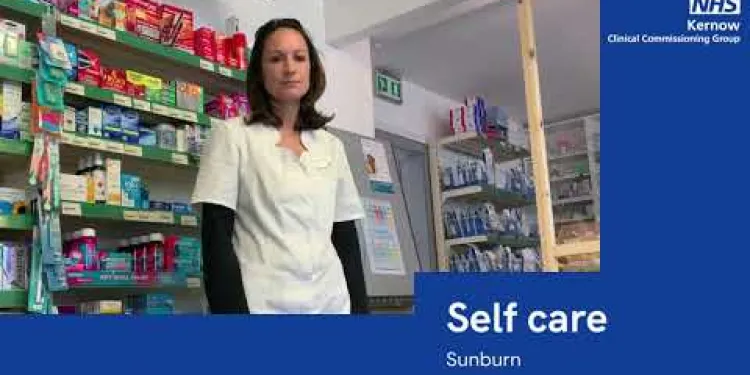
Self care - sunburn
Relevance: 94%
-

How is sunburn treated?
Relevance: 94%
-
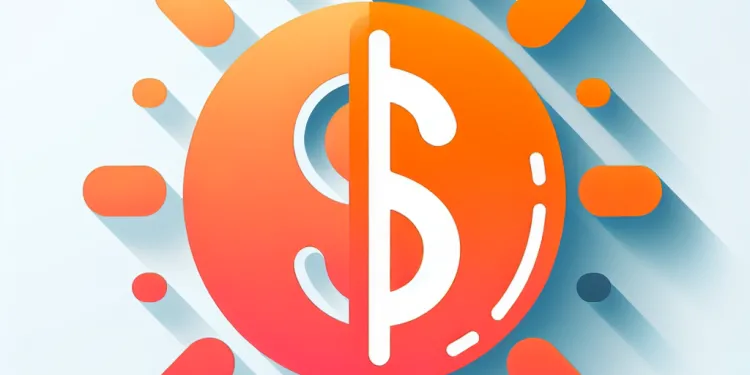
Can sunburn turn into a tan?
Relevance: 91%
-
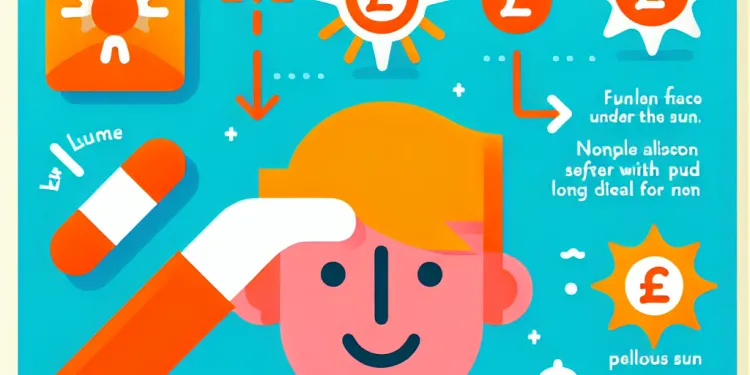
What are the long-term effects of sunburn?
Relevance: 89%
-

Are some people more prone to sunburn?
Relevance: 88%
-
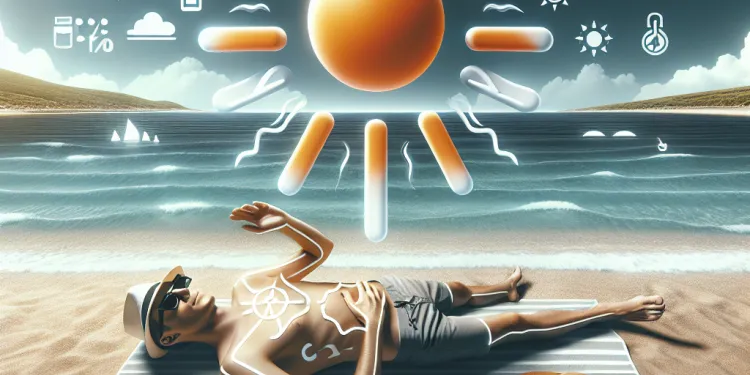
Can sunburns cause permanent damage?
Relevance: 87%
-

Is peeling a normal part of sunburn recovery?
Relevance: 86%
-
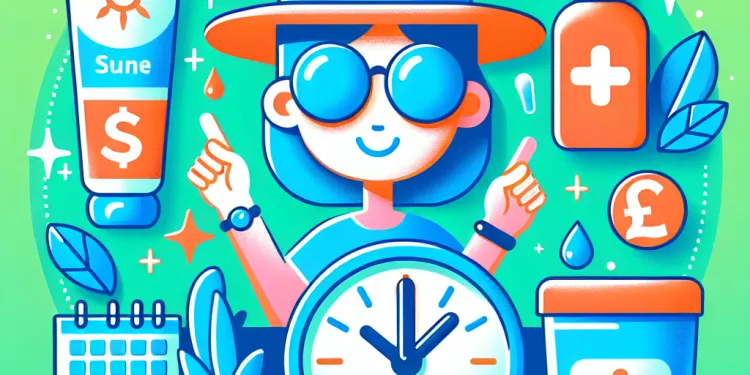
How long does it take for sunburn to appear?
Relevance: 85%
-

At what time of day is the sunburn risk highest?
Relevance: 85%
-

Can dark-skinned individuals get sunburned?
Relevance: 84%
-
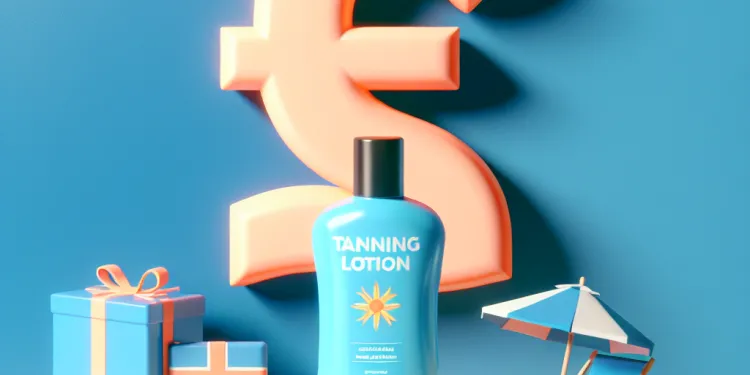
Does tanning lotion prevent sunburn?
Relevance: 83%
-

What SPF level is recommended to prevent sunburn?
Relevance: 75%
-

Is it possible to get sunburned on cloudy days?
Relevance: 62%
-

Does water reflect UV rays, increasing the risk of sunburn?
Relevance: 55%
-

What to do if you're sunburnt
Relevance: 47%
-
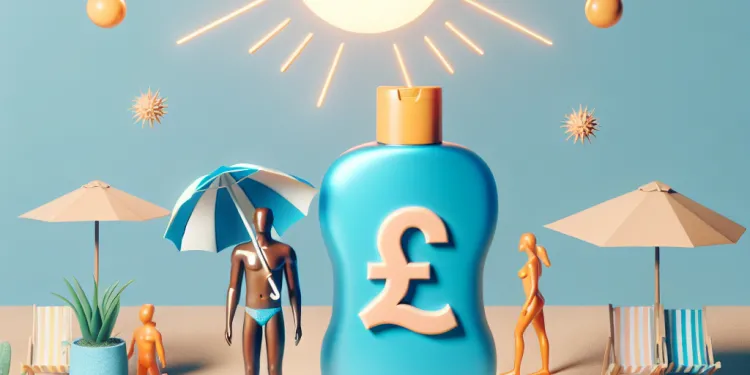
Why do some people not burn as easily as others?
Relevance: 43%
-

What is UV radiation?
Relevance: 29%
-

Do I need sunscreen on cloudy days?
Relevance: 25%
-

Which factor sunscreen should I use?
Relevance: 22%
-

What does SPF stand for?
Relevance: 22%
-

What are UVA and UVB rays?
Relevance: 21%
-
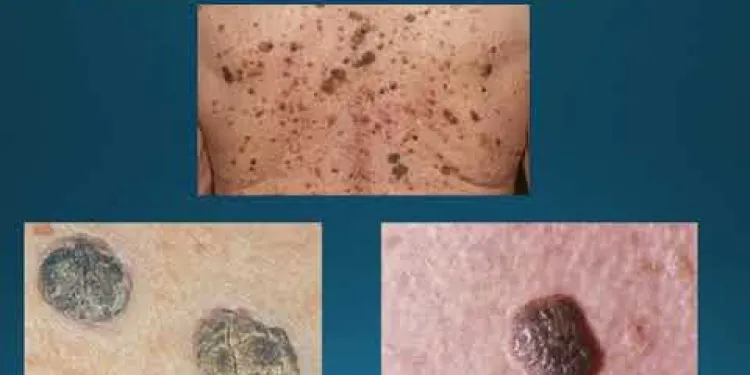
Skin cancer education
Relevance: 21%
-
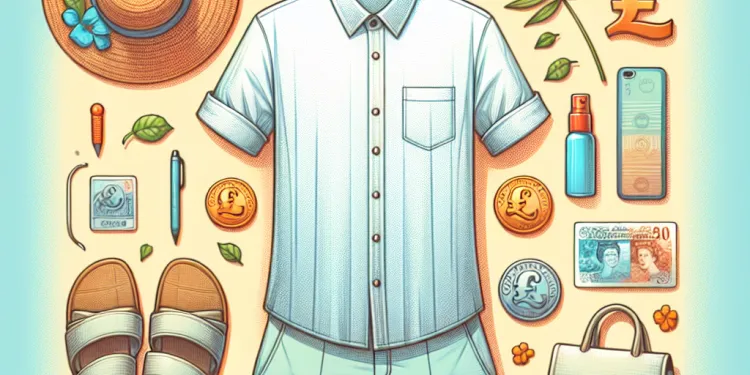
What should I wear to stay cool in hot weather?
Relevance: 21%
-

What SPF is best for children?
Relevance: 20%
-
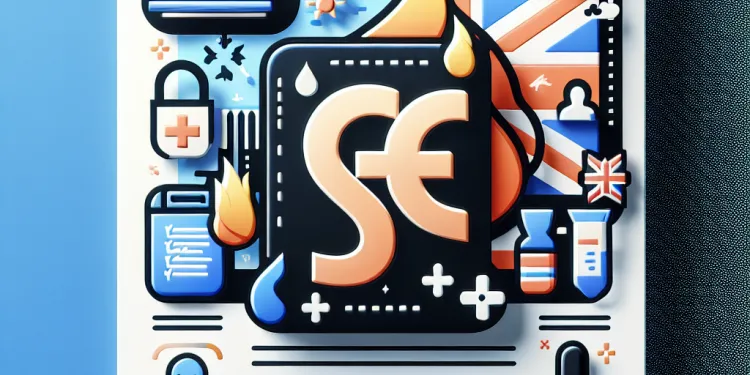
How can I prevent heat-related illnesses?
Relevance: 19%
-
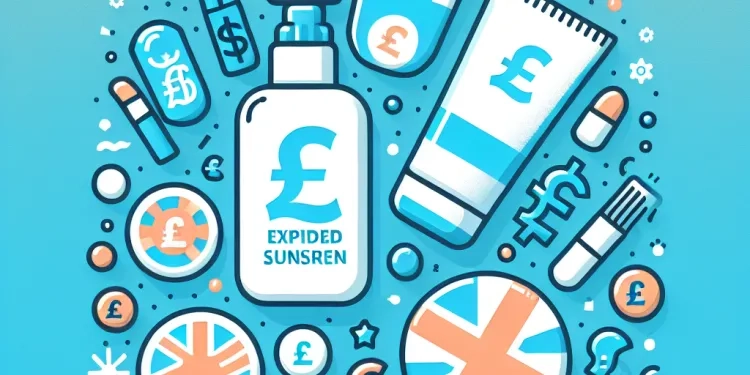
Can I use expired sunscreen?
Relevance: 18%
-

What SPF should I use if I am going to be outdoors all day?
Relevance: 18%
-

Does sunscreen expire?
Relevance: 18%
-

What activities should I avoid during a heatwave?
Relevance: 18%
-

What causes psoriasis?
Relevance: 18%
-

What SPF should I use if I have sensitive skin?
Relevance: 17%
-
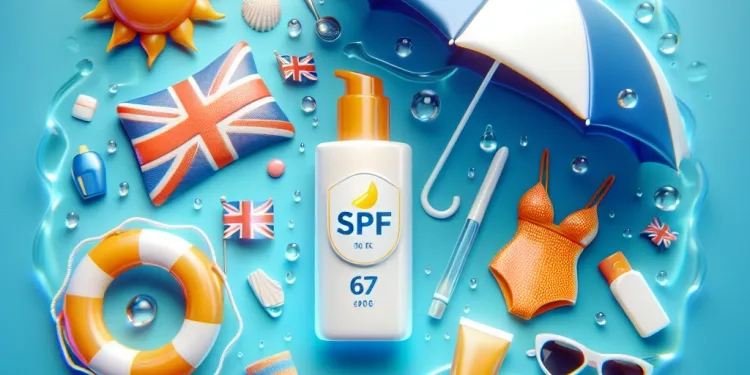
Do I need a different SPF for water-related activities?
Relevance: 17%
-

Are there home remedies for psoriasis?
Relevance: 16%
-
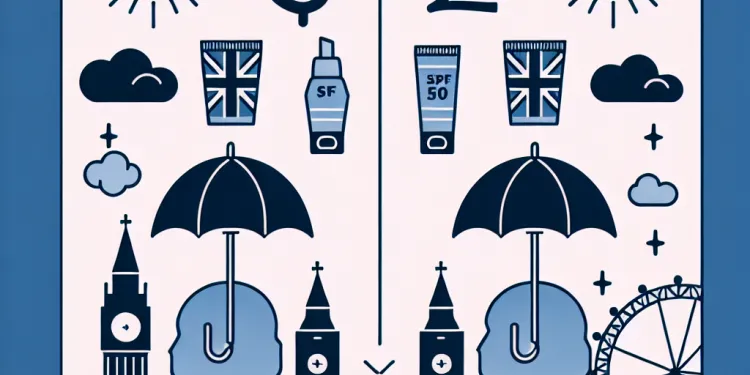
How does sunscreen with SPF 20 compare to SPF 50?
Relevance: 16%
What to Do If You're Sunburnt
Identify the Severity of the Sunburn
Sunburn severity can vary from mild redness to severe blistering. First, assess the degree of your sunburn. Mild sunburns might result in slight redness and tenderness, while severe sunburns can cause significant pain, blistering, and swelling. If your symptoms are severe, including extensive blistering, chills, or fever, seek medical attention immediately.Cool the Affected Area
Cooling your sunburnt skin can provide immediate relief. Take a cool bath or shower, or apply a cold, damp cloth to the affected areas for 10-15 minutes multiple times a day. Avoid using ice or very cold water, as it can cause further skin damage.Hydrate Your Skin
After cooling your skin, apply a gentle, fragrance-free moisturizer. Aloe vera gel is an excellent option, known for its soothing properties. Reapply the moisturizer several times a day to keep your skin hydrated. Avoid petroleum-based products, which can trap heat and make the burn worse.Stay Hydrated
Sunburn can dehydrate your body. Increase your water intake to help your skin heal and to prevent dehydration. Aim for at least 8 glasses of water a day, and more if you are spending time outdoors in the heat.Avoid Further Sun Exposure
Protect your sunburnt skin from further damage by staying out of the sun. Wear lightweight, loose-fitting clothing that covers the affected areas and apply a broad-spectrum sunscreen with an SPF of at least 30 if you need to go outside.Take Pain Relievers
Over-the-counter pain relief, such as ibuprofen or paracetamol, can help reduce pain and inflammation. Follow the dosage instructions on the packaging, and consult a healthcare professional if you have underlying health conditions or are unsure about which pain reliever to use.Care for Blisters
If your sunburn results in blisters, do not pop them, as this can increase the risk of infection. Keep blisters clean and loosely covered with gauze. If a blister breaks, gently clean the area with mild soap and water and apply an antibiotic ointment.Monitor for Signs of Infection
Be vigilant for signs of infection, such as increased redness, swelling, pus, or a fever. If you notice any of these symptoms, seek medical advice promptly.Prevention is Key
To prevent future sunburns, always apply a broad-spectrum sunscreen with at least SPF 30 before going outdoors, reapply every two hours, and more often if swimming or sweating. Wear protective clothing, a wide-brimmed hat, and sunglasses to protect your skin. Taking these steps can help alleviate the discomfort and promote healing of sunburnt skin, ensuring a quicker recovery and preventing complications.What to Do If You're Sunburnt
Check How Bad Your Sunburn Is
Sunburn can be mild or very bad. See how red and sore your skin is. A little sunburn makes your skin red and a bit sore. Bad sunburn hurts a lot and can make blisters. If you have bad blisters, chills, or a fever, see a doctor right away.Cool Down the Sunburn
Cooling your sunburn helps it feel better. Take a cool bath or shower. You can also use a cold, wet cloth on the sunburn for 10-15 minutes a few times a day. Don't use ice or very cold water, as it can hurt your skin more.Moisturize Your Skin
After you cool your skin, use a gentle, no-smell lotion. Aloe vera gel is a good choice because it helps the skin feel better. Put on the lotion a few times a day to keep skin soft. Don’t use lotions that trap heat, like those with petroleum.Drink Lots of Water
Sunburn can make you lose water. Drink more water to help your skin heal. Try to drink at least 8 glasses of water a day. Drink more if you are outside in the heat.Stay Out of the Sun
Keep your sunburnt skin away from more sun. Wear loose clothes that cover you up. If you need to go outside, use sunscreen with at least SPF 30.Take Medicine for Pain
Medicine like ibuprofen or paracetamol can help with pain. Read the bottle to know how much to take. Ask a doctor if you feel unsure about which medicine to use.Take Care of Blisters
If you have blisters, don’t pop them. Popping blisters can cause infection. Keep them clean, and cover with a soft cloth. If a blister breaks, wash gently with soap and water, then use an antibiotic cream.Watch for Signs of Infection
Look out for infection signs. This means more redness, swelling, pus, or fever. If you see these, talk to a doctor.Prevent Sunburn Next Time
To stop sunburn, always wear sunscreen with at least SPF 30 when you go outside. Put it on every two hours or more often if swimming or sweating. Wear a hat, sunglasses, and covering clothes. Doing these things can help your skin feel better and heal faster. It also stops more bad things from happening.Frequently Asked Questions
What should I do immediately after noticing a sunburn?
As soon as you notice a sunburn, get out of the sun and seek shade or go indoors to prevent further exposure.
Can I take a cool shower or bath to relieve sunburn?
Yes, taking a cool (not cold) shower or bath can help soothe the skin and ease discomfort.
What type of moisturizer is best for sunburned skin?
Use a gentle, fragrance-free moisturizer that contains aloe vera or soy to help soothe the skin.
Is it okay to use over-the-counter pain relievers for sunburn pain?
Yes, over-the-counter pain relievers like ibuprofen or aspirin can help reduce pain and inflammation.
Should I apply sunscreen to sunburned skin if I need to go outside?
It's best to avoid sun exposure while your skin is healing. If you must go outside, wear protective clothing and apply a broad-spectrum sunscreen with at least SPF 30 to any exposed skin.
Can drinking water help with sunburn?
Staying hydrated is important as sunburn can dehydrate your body. Drink plenty of water to help your skin heal.
Is it safe to use aloe vera gel on sunburn?
Yes, applying aloe vera gel can help cool and soothe sunburned skin.
When should I seek medical attention for a sunburn?
Seek medical attention if you experience severe pain, blisters covering a large area, fever, chills, or signs of infection.
Can I use home remedies like yogurt or tea bags for sunburn relief?
Some home remedies may provide temporary relief, but it’s best to use products specifically designed for sunburn care, such as aloe vera gel or hydrocortisone cream.
Should I pop any blisters that form from sunburn?
No, do not pop blisters. Popping them increases the risk of infection. If blisters do pop, apply an antibiotic ointment and cover with a clean bandage.
Is it okay to exfoliate sunburned skin to get rid of peeling?
Avoid exfoliating sunburned skin as it can cause further irritation. Let the skin heal naturally and gently moisturize it.
Can using ice packs help with sunburn?
Do not apply ice directly to the skin, as it can cause further damage. Instead, use a cool, damp cloth to soothe the burn.
How long does it typically take for sunburn to heal?
Mild sunburn usually heals within three to five days. More severe sunburn can take up to a few weeks to completely heal.
Can I use makeup to cover up sunburned skin?
Avoid using makeup on sunburned skin as it can further irritate it. Let your skin breathe and heal.
How can I prevent future sunburns?
To prevent future sunburns, use a broad-spectrum sunscreen with SPF 30 or higher, wear protective clothing, avoid peak sun hours, and seek shade when possible.
What to Do When You Get a Sunburn
Oh no, you have a sunburn! Here are some simple steps to help you feel better:
- Go indoors and stay away from the sun.
- Cool your skin with a cold, wet cloth. You can also take a cool shower or bath.
- Drink plenty of water. This helps your body heal.
- Use a gentle lotion or after-sun cream to soothe your skin.
- Wear loose and soft clothes so they don’t hurt your skin.
If you feel very bad or your skin blisters, ask an adult to help you see a doctor.
If you get a sunburn, go inside or find shade right away. Stay out of the sun to stop getting more sunburned.
Can I take a cool shower or bath to help with sunburn?
Yes, you can take a cool shower or bath if you have sunburn. It can help make your skin feel better.
Here are some tips:
- Use cool water, not hot water.
- Do not stay in the shower or bath too long.
- After you get out, gently pat your skin dry with a soft towel.
- You can put on a soothing lotion to help your skin feel better.
Ask someone for help if you need it.
Yes, a cool shower or bath can help make your skin feel better and stop any hurting.
What moisturizer should you use if you have sunburn?
If your skin gets red and sore from the sun, you need to use a special cream called a moisturizer. This can help your skin feel better. It is a good idea to use a cream that is gentle and has no strong smells.
Look for moisturizers with these helpful things:
- Aloe vera: This plant soothes burnt skin.
- Glycerin: This helps keep your skin soft.
- Cool water mist: This can gently cool down your skin.
Try to avoid moisturizers with alcohol in them. Alcohol can make your skin feel more sore.
If it hurts a lot and you need help, ask a grown-up or a doctor what to do. They can give you more tips to feel better.
Use a soft cream with no smell. Look for one with aloe vera or soy. This can help calm your skin.
Can I use store-bought medicine for sunburn pain?
Yes, you can use medicine from the store to help with sunburn pain. Make sure to follow the instructions on the package.
If you need help, ask an adult or a pharmacist.
Yes, you can buy medicine like ibuprofen or aspirin at the store. These can help if you are in pain or have swelling.
Can I put sunscreen on sunburned skin if I need to go outside?
If your skin is sunburned, it means it's hurt from too much sun. If you have to go outside, you should try to wear clothes that cover your skin. You can put sunscreen on to help, but make sure it is very gentle. Look for sunscreen for sensitive skin. Ask an adult to help you.
Here are some tips:
- Stay in the shade if you can.
- Wear a hat and sunglasses.
- Drink lots of water.
Remember, taking care of your skin is important.
Try to stay out of the sun when your skin is getting better. If you need to go outside, wear clothes that cover your skin and put on sunscreen with SPF 30 or more on the skin you can see.
Can drinking water help with sunburn?
Drinking water helps your skin stay soft and healthy. If you have a sunburn, drinking water can help your skin feel better.
Remember to drink lots of water every day to help your body and skin.
You can also put on lotion or wear soft clothes to help your skin feel comfortable.
Drinking water is important if you have sunburn. Sunburn can dry out your body. Drink lots of water to help your skin get better.
Can I Put Aloe Vera Gel on Sunburn?
If your skin gets red and sore from the sun, it's called sunburn. Aloe vera gel can help make sunburn feel better.
It feels cool and nice when you put it on. It is safe to use aloe vera gel for most people.
You can ask an adult to help you put it on. You can also use sunscreen to stop sunburn next time.
Yes, putting aloe vera gel on your skin can help cool and make sunburn feel better.
When do I need to see a doctor for a sunburn?
If you have a sunburn, you might need a doctor's help if: - Your skin has blisters. - You feel very sick. - You have a fever or chills. - The sunburn covers a large part of your body. - Your headache won't go away.
Always wear a hat and clothes that cover your skin in the sun. Drink lots of water. Use sunscreen to protect your skin.
Go to the doctor if you have really bad pain, blisters on a big part of your body, a high temperature, shivers, or signs that you might have an infection.
Can I use things like yogurt or tea bags to help a sunburn feel better?
Yes, you can try using cool yogurt or tea bags to help a sunburn feel better. Here are some tips you can follow:
- Put cool yogurt on the sunburn. This can help the skin feel calm and cool.
- Soak tea bags in cold water, then put them on the sunburn. The tea can help the skin feel less sore.
These are simple ways to make a sunburn feel better. But always be careful and ask an adult for help if you need it!
Home tricks might help a bit, but it's better to use things made to help sunburn. You can try aloe vera gel or special cream called hydrocortisone.
Can I pop blisters from sunburn?
If you get a blister from sunburn, it is best not to pop it. Popping blisters can cause infections and make the skin hurt more.
Here are some helpful tips if you have blisters:
- Leave the blister alone. Let it heal by itself.
- If it bursts on its own, clean it gently with water.
- Cover it with a clean bandage to keep it safe.
- Use a soothing cream or lotion to help with pain. Ask an adult to help you pick one.
Remember: Too much sun can hurt your skin. Next time, try to wear sunscreen, hats, and long sleeves to stay safe.
No, don’t pop blisters. Popping them can cause infection. If a blister pops by itself, put some healing cream on it. Then cover it with a clean bandage.
Can I scrub my sunburned skin to stop the peeling?
If your skin is red and hurts from too much sun, it is sunburned.
When skin peels because of sunburn, it might be best to leave it alone. Scrubbing can hurt your skin more.
Let your skin heal by using lots of gentle lotion or cream. This can help the skin feel better and stop the peeling.
Do not scrub sunburned skin because it can hurt more. Let the skin get better by itself and put on some gentle lotion.
Can ice packs help with sunburn?
If your skin gets red and sore from being in the sun, it's called sunburn.
Using ice packs can be a good way to feel better. Ice packs are cold packs you place on your skin. They can cool the sunburn and help your skin feel less hot and painful.
When you use an ice pack, wrap it in a cloth or towel first. Don't put the ice pack directly on your skin. This is important because your skin can get too cold and hurt more.
Ask someone you trust to help if you don't understand or need help with the ice pack.
Do not put ice straight on the skin. It can hurt you more. Use a cool, wet cloth to make the burn feel better.
How long does it take for sunburn to get better?
Sunburn usually gets better in a few days. Every person is different, but most feel better in about 3 to 5 days.
Here are some tips to help your skin heal:
- Drink lots of water to stay hydrated.
- Put on gentle lotion to cool your skin.
- Take cool baths to help the skin feel better.
- Try not to scratch or peel your skin.
- Wear soft and loose clothes to be gentle on your skin.
Remember to protect your skin next time by wearing sunscreen and staying in the shade!
Sunburn makes your skin hurt and turn red from the sun. If it's not too bad, it will get better in three to five days. If it's really bad, it might take a few weeks to get better.
Can I use makeup to hide sunburned skin?
Yes, you can try! Here is how you can do it:
- First, let your skin cool down. Take a cool bath or use a damp cloth.
- Use a gentle moisturizer to keep your skin soft.
- Choose a light foundation or concealer. This will help hide the red skin.
- Apply it gently with clean fingers or a soft brush.
- Be careful! Don’t rub your skin too hard.
Remember, it’s important to protect your skin from the sun. Wear sunscreen and a hat when you go outside.
Need help? Ask a parent or friend to help you with makeup.
Don't use makeup on your sunburned skin. It can make it hurt more. Let your skin rest and get better.
How can I stop getting sunburns?
To stop getting sunburn, put on sunscreen with SPF 30 or more. Wear clothes that cover your skin. Try not to go outside when the sun is very strong. Stay in the shade if you can.
Useful Links
- Ergsy carfully checks the information in the videos we provide here.
- Videos shown by Youtube after a video has completed, have NOT been reviewed by ERGSY.
- To view, click the arrow in centre of video.
- Most of the videos you find here will have subtitles and/or closed captions available.
- You may need to turn these on, and choose your preferred language.
- Go to the video you'd like to watch.
- If closed captions (CC) are available, settings will be visible on the bottom right of the video player.
- To turn on Captions, click settings .
- To turn off Captions, click settings again.
More Items From Ergsy search
-

What is sunburn?
Relevance: 100%
-

What is Sunburn?
Relevance: 99%
-

What causes sunburn?
Relevance: 95%
-

What are the symptoms of sunburn?
Relevance: 95%
-

Self care - sunburn
Relevance: 94%
-

Can sunburn be prevented?
Relevance: 94%
-

Self care - sunburn
Relevance: 94%
-

How is sunburn treated?
Relevance: 94%
-

Can sunburn turn into a tan?
Relevance: 91%
-

What are the long-term effects of sunburn?
Relevance: 89%
-

Are some people more prone to sunburn?
Relevance: 88%
-

Can sunburns cause permanent damage?
Relevance: 87%
-

Is peeling a normal part of sunburn recovery?
Relevance: 86%
-

How long does it take for sunburn to appear?
Relevance: 85%
-

At what time of day is the sunburn risk highest?
Relevance: 85%
-

Can dark-skinned individuals get sunburned?
Relevance: 84%
-

Does tanning lotion prevent sunburn?
Relevance: 83%
-

What SPF level is recommended to prevent sunburn?
Relevance: 75%
-

Is it possible to get sunburned on cloudy days?
Relevance: 62%
-

Does water reflect UV rays, increasing the risk of sunburn?
Relevance: 55%
-

What to do if you're sunburnt
Relevance: 47%
-

Why do some people not burn as easily as others?
Relevance: 43%
-

What is UV radiation?
Relevance: 29%
-

Do I need sunscreen on cloudy days?
Relevance: 25%
-

Which factor sunscreen should I use?
Relevance: 22%
-

What does SPF stand for?
Relevance: 22%
-

What are UVA and UVB rays?
Relevance: 21%
-

Skin cancer education
Relevance: 21%
-

What should I wear to stay cool in hot weather?
Relevance: 21%
-

What SPF is best for children?
Relevance: 20%
-

How can I prevent heat-related illnesses?
Relevance: 19%
-

Can I use expired sunscreen?
Relevance: 18%
-

What SPF should I use if I am going to be outdoors all day?
Relevance: 18%
-

Does sunscreen expire?
Relevance: 18%
-

What activities should I avoid during a heatwave?
Relevance: 18%
-

What causes psoriasis?
Relevance: 18%
-

What SPF should I use if I have sensitive skin?
Relevance: 17%
-

Do I need a different SPF for water-related activities?
Relevance: 17%
-

Are there home remedies for psoriasis?
Relevance: 16%
-

How does sunscreen with SPF 20 compare to SPF 50?
Relevance: 16%


